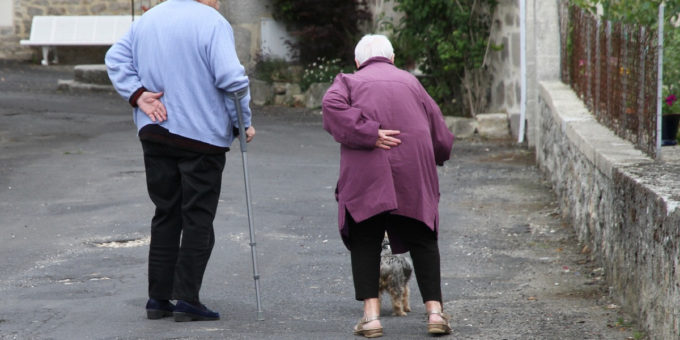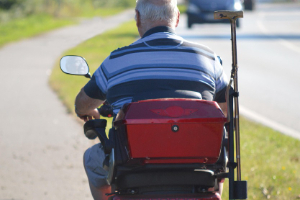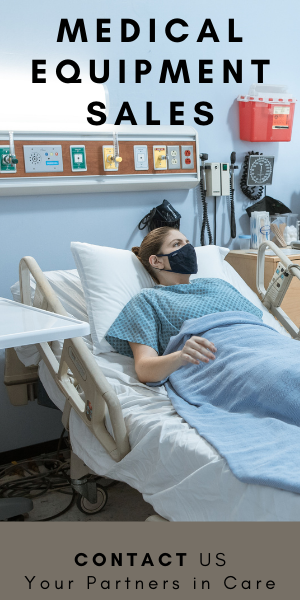
Creating safe living environments for older adults is essential to preserving their well-being and independence. One key area in this effort is fall prevention, which helps reduce the risk of injuries that can have a significant impact on a senior’s quality of life. Access to appropriate tools and aids, often sourced through trusted aged care equipment suppliers, supports mobility and safety in daily life. By combining practical measures with personalised care, it is possible to help older individuals navigate the challenges that come with ageing confidently and comfortably.
As people age, physical changes like reduced muscle strength, balance difficulties, and slower reflexes increase the chance of falls. Medical conditions, such as arthritis or vision impairment, as well as side effects from medications, may increase the risk. Environmental factors—including poor lighting, slippery floors, or clutter—can make everyday movement more hazardous. Recognising these varied influences is essential to developing effective prevention strategies that fit each individual’s situation.
Falls are a leading cause of injury among seniors, often resulting in fractures or other serious complications. Beyond the physical harm, they can affect emotional well-being by causing anxiety or fear of movement, which may lead to reduced activity and social withdrawal. This cycle can further weaken muscles and balance, increasing future risks. Therefore, addressing fall risks is essential not just for safety but also for maintaining independence and quality of life.
A comprehensive approach to safety involves combining medical, environmental, and behavioural strategies. Regular health reviews can help identify medications that affect balance and coordination. Physical assessments, often conducted by allied health professionals, reveal changes in mobility or strength. Exercise programs focused on improving balance, flexibility, and muscle tone contribute to greater stability and confidence.
Making the home environment safer also plays a crucial role. Installing grab bars in bathrooms, adding non-slip mats, improving lighting, and removing trip hazards are practical steps that can prevent accidents. Other adaptations, such as raised toilet seats, shower chairs, or stair lifts, can support individuals with limited mobility. These changes improve safety without compromising comfort or independence.
Assistive devices are often recommended to support movement and daily activities. Mobility aids like canes, walkers, or wheelchairs help individuals maintain their freedom while minimising risk. Selecting appropriate equipment requires careful assessment to match the user’s abilities and lifestyle. Ongoing reviews ensure these aids continue to meet changing needs.
Education plays a crucial role in risk reduction. Older adults and their caregivers benefit from learning how to use equipment properly, recognising hazards, and responding effectively if a fall occurs. Encouraging open conversations about mobility challenges and safety concerns fosters confidence and proactive engagement.
Family members and informal carers are integral to maintaining safety. Their knowledge of fall risks and prevention strategies enhances day-to-day care. They assist with home modifications, encourage safe behaviours, and provide emotional support. Communication between care teams, families, and individuals ensures that safety plans are tailored and responsive.
Care providers require ongoing training to support older adults effectively. Understanding the complexities of ageing, recognising early signs of mobility decline, and applying safe assistance techniques are key skills. A compassionate approach builds trust and cooperation, making it easier for seniors to accept help.
Technology provides additional options for promoting safety. Fall detection devices, wearable monitors, and smart home sensors can quickly alert caregivers in the event of an incident. While helpful, these tools are most effective when used alongside personalised care that respects individual preferences and routines. Remaining physically active and socially connected is vital to overall well-being. Participating in group activities, exercise classes, or hobbies supports physical function and reduces feelings of isolation. Encouragement to stay engaged contributes to a more positive outlook and greater confidence in mobility.
Remaining physically active and socially connected is vital to overall well-being. Participating in group activities, exercise classes, or hobbies supports physical function and reduces feelings of isolation. Encouragement to stay engaged contributes to a more positive outlook and greater confidence in mobility.
Nutrition, hydration, and regular medical check-ups also influence strength, energy, and cognitive function. Maintaining good health supports balance and reduces susceptibility to falls. Comprehensive care considers these factors as part of a holistic approach to ageing safely. Safety does not mean restricting freedom. Instead, it means creating conditions where older adults can move confidently and enjoy life on their terms. Balancing independence with appropriate support requires ongoing attention and flexibility.
Collaborative efforts among healthcare providers, families, equipment suppliers, and seniors themselves are essential. Sharing insights and experiences helps develop effective strategies that can adapt to changing needs and circumstances. This cooperation ensures that support remains relevant and respectful. Whether in residential aged care or at home, personalised care plans that include fall prevention measures create safer environments. Regular reviews allow adjustments to be made as circumstances evolve. Involving individuals in decision-making promotes satisfaction and adherence to decisions.
Supporting safe ageing is a shared responsibility with wide-reaching benefits. When seniors maintain independence and participate in their communities, their overall well-being improves. Reducing injuries also eases pressure on health systems and families.
By focusing on prevention, education, and thoughtful use of equipment and technology, it is possible to create environments where older adults feel secure and empowered. This approach helps ageing be a positive experience marked by dignity, confidence, and connection.




